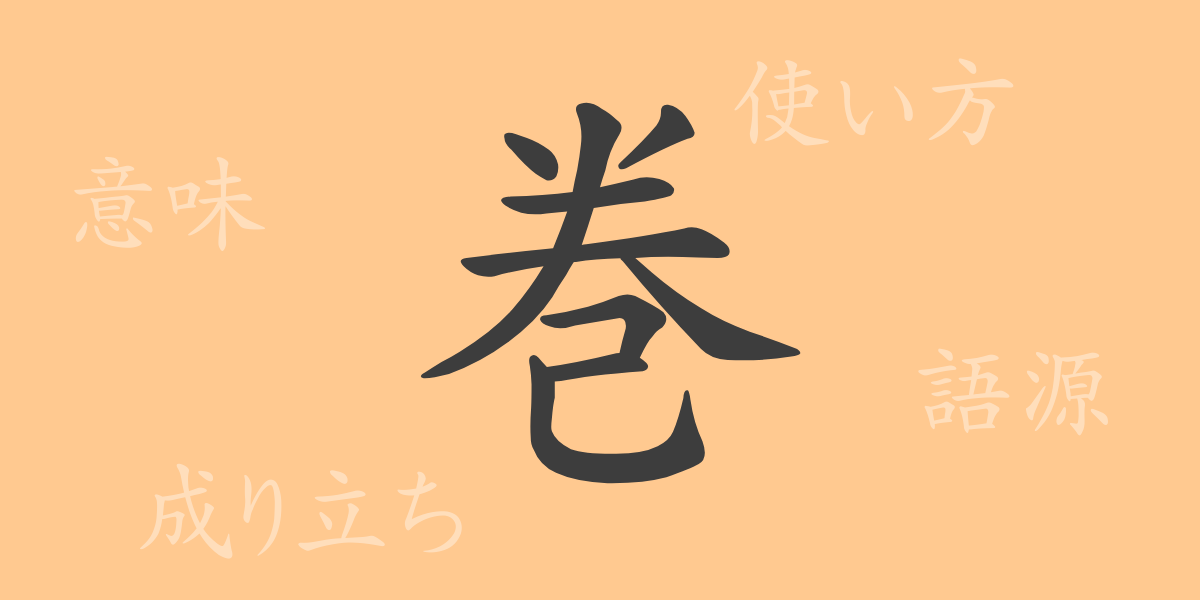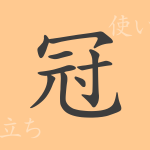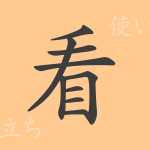The Japanese language is home to a multitude of kanji characters, each with its own unique history and meaning. “巻” (maki) is one of the commonly used kanji in Japan, frequently encountered in everyday life. This article delves into the charm of the kanji “巻” (maki), exploring its origins, meanings, applications, and even its use in idioms and set phrases.
Origins of Kanji “巻” (Etymology)
To trace the origins of the kanji “巻” (maki), we must look back to ancient China. “巻” (maki) evolved from the practice of rolling up written works, where texts written on bamboo or wooden slips were bound with string and stored by rolling. From this practice, the meaning of rolling things up emerged, which further developed into a character with many related meanings.
Meanings and Usage of “巻”
The kanji “巻” (maki) has various meanings such as “rolling up an object,” “a part of a book,” and “the rolling back of waves.” It can be used to denote the physical act of rolling something, as in “巻き寿司” (makizushi – rolled sushi) or “巻き毛” (makigami – curly hair), and it can also be used in an abstract sense, as in “一巻の終わり” (ikkannoshiwari – the end of a volume).
Readings, Number of Strokes, and Radical of “巻”
The kanji “巻” (maki) is widely used in Japan, and knowing its readings and basic information is important.
- Readings: The onyomi (Chinese reading) is “かん” (kan), while the kunyomi (Japanese reading) are “ま.く” (ma-ku) and “まき” (maki).
- Number of Strokes: 9 strokes in total
- Radical: 糸部 ( itohen), the thread radical
Idioms, Set Phrases, and Proverbs Using “巻” and Their Meanings
There are numerous idioms, set phrases, and proverbs that include the kanji “巻” (maki) in the Japanese language. For example, “一巻の終わり” (ikkan-no-o-wari) signifies the conclusion of a matter, while “破天荒の巻” (hatenkou-no-maki) refers to bold actions that break conventions. Expressions commonly used in everyday conversation, such as “手巻き寿司” (temakizushi – hand-rolled sushi) and “目を三角に巻く” (me- wo -sankaku- ni -ma-ku – to be very angry, lit. “roll one’s eyes into triangles”), are also plentiful.
Summary on “巻”
Through this article, we have deepened our understanding of the diverse meanings and uses of the kanji “巻” (maki), as well as the idioms and set phrases that employ it. The character “巻” (maki), symbolic of the richness of the Japanese language, has been shaped within the history of culture and language. Let us continue to enjoy the depth of the Japanese language by learning more about the usage and meanings contained within “巻” (maki).

























